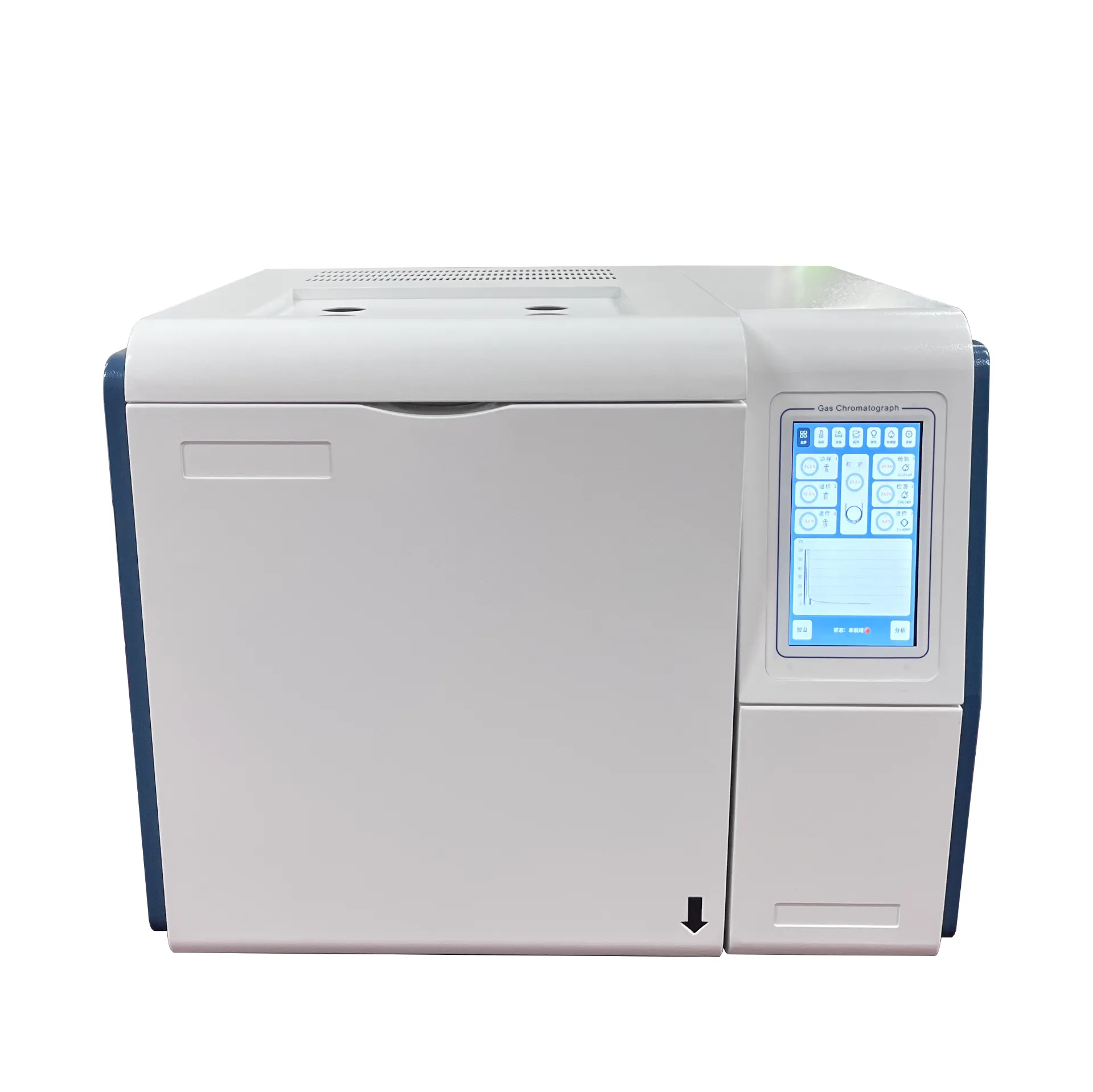 English
English


Exploring the Principles and Applications of the Bubble Tensiometer in Surface Tension Measurement
The Bubble Tensiometer A Crucial Tool for Measuring Surface Tension
Surface tension is a fundamental physical property that influences a wide range of natural phenomena and industrial processes. Understanding and accurately measuring surface tension is vital in fields such as material science, biochemistry, and fluid mechanics. Among the various instruments available for this purpose, the bubble tensiometer stands out for its precision and reliability. This article explores the principles, applications, and advantages of the bubble tensiometer.
What is a Bubble Tensiometer?
A bubble tensiometer is an instrument designed to measure the surface tension of liquids. It operates based on the principle of forming and analyzing bubbles. Essentially, when a gas is introduced into a liquid through a tube, small bubbles form at the orifice. The pressure required to maintain the formation of these bubbles correlates directly with the surface tension of the liquid. This relationship is utilized to quantify surface tension by measuring the pressure inside the bubble.
The bubble tensiometer can be classified into two main types the dynamic and static bubble tensiometers. The dynamic variant measures surface tension by controlling the rate at which gas is supplied to maintain continuous bubble formation, while the static version observes the pressure of a single bubble that detaches from the orifice.
Applications of the Bubble Tensiometer
Bubble tensiometers are widely used in various industries and research fields. In the pharmaceutical industry, they help in formulating drug delivery systems where surface tension can significantly impact the behavior of emulsions and suspensions. In materials science, they are crucial for studying surfactants and bonding properties in polymers and coatings.
Environmental scientists often use bubble tensiometers to investigate water quality, as surface tension can indicate the presence of pollutants or surfactants in water bodies
. In food science, surface tension measurements are essential for understanding processes such as foam stability, which affects the texture and quality of products like whipped cream and meringue.bubble tensiometer

Moreover, researchers utilize bubble tensiometers in the field of biophysics to explore the behavior of biological membranes. The interface between biomolecules and solvents can be crucial for understanding biological functions and interactions.
Advantages of Bubble Tensiometers
The bubble tensiometer offers several advantages that make it a preferred choice for measuring surface tension. One of the key benefits is its simplicity and ease of use. The setup involves relatively straightforward components, and many devices are designed for quick measurements with minimal user intervention.
Additionally, bubble tensiometers provide high precision and can measure a very wide range of surface tension values, making them versatile tools in various scientific and industrial applications. The method is less sensitive to impurities and surface contamination compared to other techniques, such as the Wilhelmy plate method or drop weight method.
Another notable aspect is the rapid measurement capability of bubble tensiometers, allowing for real-time monitoring of surface tension changes. This is particularly advantageous in industrial processes where continuous adjustment of parameters is required to maintain product quality.
Conclusion
In summary, the bubble tensiometer is an essential instrument for measuring surface tension across various fields. Its ability to provide accurate, rapid, and reliable measurements makes it invaluable in research and industrial applications. As technology advances, we can expect even more innovative uses for bubble tensiometers, solidifying their role in the continued exploration and understanding of surface phenomena. As the demand for precise measurements grows, the bubble tensiometer will remain a cornerstone of surface tension analysis.
-
Differences between open cup flash point tester and closed cup flash point testerNewsOct.31,2024
-
The Reliable Load Tap ChangerNewsOct.23,2024
-
The Essential Guide to Hipot TestersNewsOct.23,2024
-
The Digital Insulation TesterNewsOct.23,2024
-
The Best Earth Loop Impedance Tester for SaleNewsOct.23,2024
-
Tan Delta Tester--The Essential Tool for Electrical Insulation TestingNewsOct.23,2024





